Click here to print
What Illness Looks Like
posted January 17, 2011
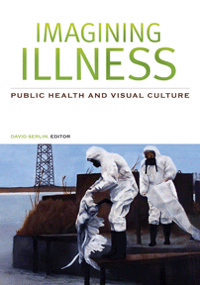 Thanks to a small band of advocates, the fields of medical and public-health history have been paying increasing attention to the visual – to the vast assortment of still and moving images that illustrate and in many cases constitute those histories. In a new book, Imagining Illness: Public Health and Visual Culture (University of Minnesota Press), editor David Serlin gathers contributions about many compelling areas of the latest research on the visual history of illness.
Thanks to a small band of advocates, the fields of medical and public-health history have been paying increasing attention to the visual – to the vast assortment of still and moving images that illustrate and in many cases constitute those histories. In a new book, Imagining Illness: Public Health and Visual Culture (University of Minnesota Press), editor David Serlin gathers contributions about many compelling areas of the latest research on the visual history of illness.
Among manifestations of the increased interest was last year’s popular and well-attended Medical Film Symposium in Philadelphia.
As David Serlin, an associate professor of communication and science studies at the University of California, San Diego, relates here, the collection’s essayists consider the visual culture of public health from seventeenth-century London broadsides about the handling of plague victims’ bodies to YouTube videos about preventing the transmission of STDs. Contributors examine such historical and contemporary visual practices as Chinese health fairs, documentary films produced by the World Health Organization, illness maps, fashions for nurses, and live surgery on the Internet.
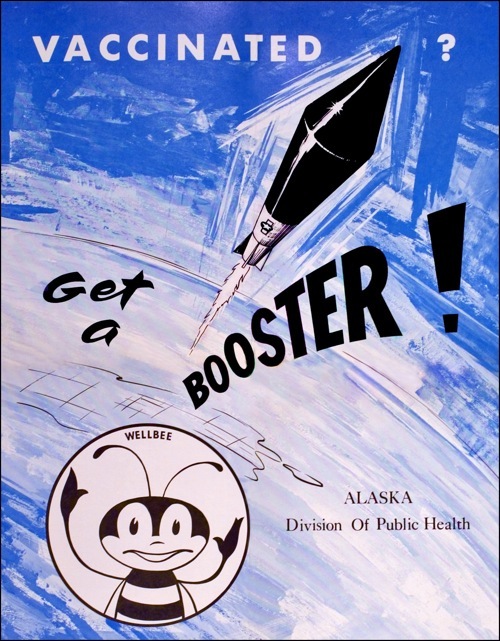
Imagining Illness came about as a result of the frustration experienced by me and some of my colleagues at the National Library of Medicine – in particular, Elizabeth Fee, the chief of the NLM’s History of Medicine Division, and Paul Theerman, the NLM’s head of Images and Archives – when I held a research position there in the early 2000s. We regularly discussed how disappointed we were by the ways in which conventional historians of medicine and public-health scholars were ignoring the rich visual materials found, often languishing, in medicine- and science-based archival collections such as those of the NLM. Public health, as a subset of history of medicine, has traditionally been a text-driven discipline; and when visual materials are used at all, they are used more often than not to illustrate historical arguments rather than as interesting historical artifacts in and of themselves. Furthermore, many of the methodological and theoretical innovations associated with visual materials, such as those nourished by scholarship in cinema studies, media studies, and so forth, were virtually nonexistent in public health circles. In most cases, the power of the written word (and the institutional authority it wields) still continues to trump even the most powerful visual rhetoric and simply reduces an illustration, photograph, or engraving to the status of visual curiosity rather than recognizing it as a legitimate historical source.
Elizabeth, Paul, and I believed that it was possible to stage a methodological as well as pedagogical intervention that would highlight the vitality of archival materials for public-health scholars and activists as well as create models for analyzing and interpreting those materials. So with the financial support of the National Institutes of Health and private donors to the NLM, we chose and invited scholars from across the humanities and social sciences to conduct research using visual materials from the NLM’s History of Medicine collections as well as in its Image and Archives collections. We invited scholars whose work engaged with visual media, deliberately choosing both those with credentials in public-health scholarship and specialists in fields such as geography, anthropology, art history, and American studies that had never before worked on topics in public health or history of medicine. Scholars were asked to develop research projects that would bring to light the NLM’s archival holdings but were also encouraged to use the vast resources located in the Washington D.C. area, such as the Library of Congress or the National Archives. The result of their labor was featured at two large international symposia at the NLM that we organized: “The Visual Culture of Public Health” (November 2003) and “Global Health Histories” (October 2005).
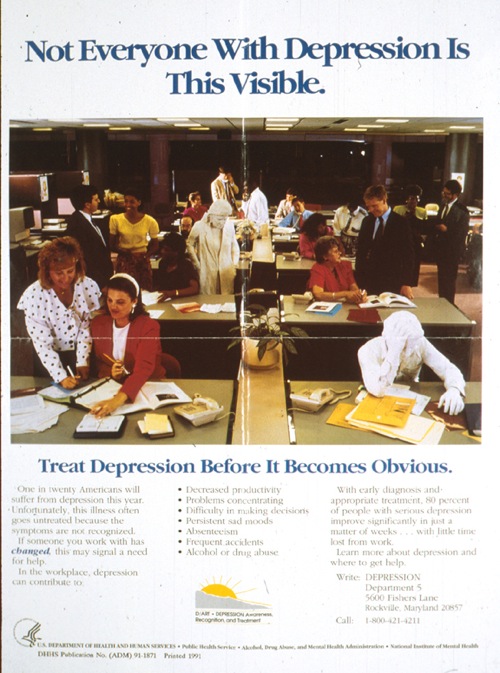
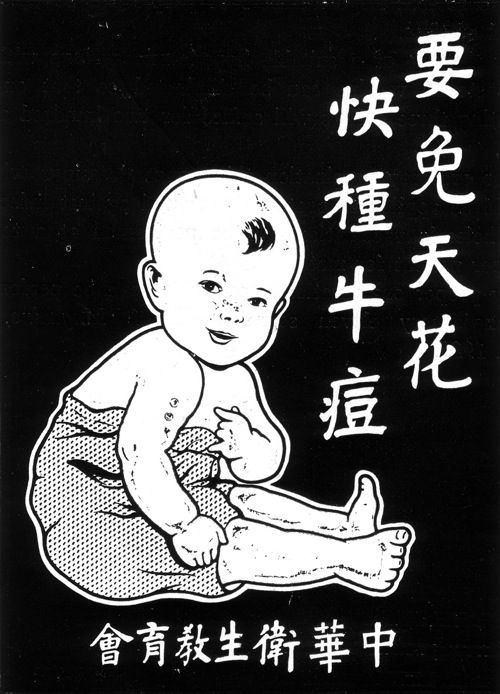
Many of the invited scholars chose to use conventional published materials but examine their contents in unconventional ways. Katherine Ott, a curator of medical science at the Smithsonian’s National Museum of American History, looked at the NLM’s collection of dermatological atlases — large-format books produced in the eighteenth and nineteenth centuries to help physicians identify diseases of the skin. While most historians have used the atlas texts to discuss disease etiology or those who developed treatments, Ott chose instead to focus on the images themselves — stunningly beautiful engravings, etchings, and hand-tinted color prints of some of the most grotesque skin conditions imaginable. Such atlases provide a wealth of information for both historians of medical science as well as those interested in alternatives to conventional (and typically idealized) representations of the human body. Lenore Manderson, an anthropologist at Monash University in Australia, found a remarkable cachet of images in the manuscript collection of Wilbur Augustus Sawyer, a public-health administrator involved in campaigns to eliminate hookworm who was also an amateur documentary photographer. For anyone interested in the visual record of building outhouses and digging latrines in early-twentieth-century Australia and the Pacific Rim, the hidden gems in the Sawyer collection is an embarrassment of riches.
One of the NLM’s more remarkable archival holdings is in its abundant collection of films related to the history of medicine — from visual documentation of laboratory science to films following health campaigns (such as, for but one example, extensive footage of children in the late 1950s being inoculated with Jonas Salk’s polio vaccine) to public-service announcements (PSAs) from the 1920s onward about the civic dangers of smoking, alcohol, malnutrition, overpopulation, and poor bodily hygiene, and even recent films about the threat of bioterrorism from the 1980s and 1990s. Gregg Mitman, a historian of science at the University of Wisconsin at Madison, found superb films documenting the work of the March of Dimes as well as film footage of impoverished African Americans suffering from tuberculosis in rural America.
Like some of the films famously found in collections such as those of Rick Prelinger, many capture health fears of the other in their most spectacular Cold War iterations. Kirsten Ostherr, for example, a cinema and media scholar at Rice University, found numerous films produced by the World Health Organization in the 1950s that unabashedly depict white doctors asserting their authority, and superiority, over black African patients while invested benignly in the “objective” pursuit of medical science. Such images may preserve evidence of mid-twentieth-century racism and colonialism, but they are also time capsules that prove that the recognizable formalistic elements that constitute the documentary, particularly the PSA, have been around for almost a century.
I am proud of the amazing archival materials brought to light by the authors of Imagining Illness, but I am also proud to have created a work that, I think, opens up many possibilities for those interested in the visual culture of public health as well as the methodological approaches that an emphasis on the visual archive helps to encourage.
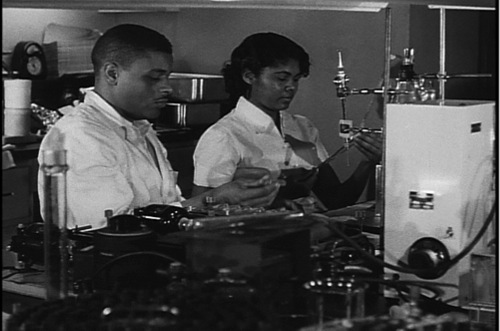
Printed from Moving Image Archive News: https://www.movingimagearchivenews.org
URL to article: https://www.movingimagearchivenews.org/what-illness-looks-like/
Click here to print